History, culture and an unmatched sunset: Reasons to visit the City of Manila
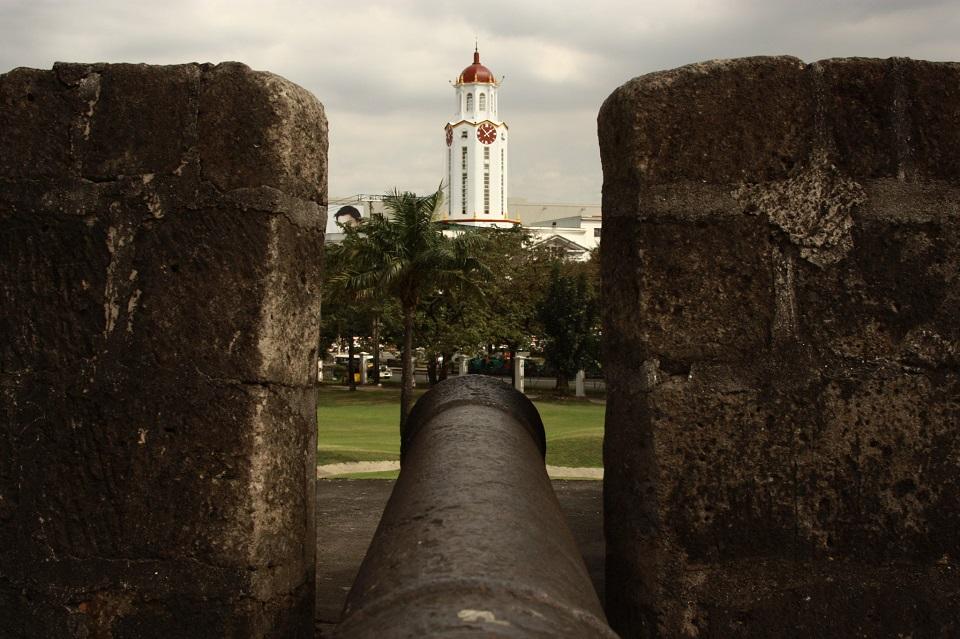
At more than 400 years old, the City of Manila might not be as sexy or exciting as Metro Manila's other centers of business and entertainment.
There are no gleaming, state-of-the-art skyscrapers. New dining establishments skip Manila in favor of cities like Makati or Taguig. But what it lacks in modern architecture landmarks and food choices, Maynila makes up for in historical and religious sites, some dating back to the Spanish period. Having Binondo—the world’s oldest Chinatown—and the shopping mecca of the Philippines, Divisoria, doesn’t hurt, either.
I may transact business, work, and find better gastronomic options in other cities, but Manila will always have my heart. It is the place I call home and a playground where I have practiced and honed my photography skills for almost a decade already. As the city celebrated its 446th founding day last June 24, here are some landmarks, attractions, and reasons why I am proud to be a Manileño:
Kalesas
Other than perhaps Vigan City in Ilocos Sur, no other place still offer the horse-drawn cart as a means of transportation. Kalesas still roam the streets of Luneta, Binondo, Sta. Cruz, and even inside Intramuros and Fort Santiago—though animal welfare groups have expressed their concerns about the horses' working conditions. If you do choose to ride, note that fares and purposes (sightseeing, going from point A to B) vary, so it will be wise to negotiate a price first before getting on.

Churches
The Minor Basilica and Metropolitan Cathedral of the Immaculate Conception—Manila Cathedral, for short—is an important religious and historic site. Its Intramuros neighbor, San Agustin Church, also happens to be the oldest church in the Philippines. Other significant places of worship in the city include the Binondo, Quiapo, and Santa Cruz Churches, and the Minor Basilica of San Sebastian, also in the Quiapo district.
Speaking of Quiapo, Manila also hosts the Traslación of Black Nazarene every January 9; a procession that starts at the Quirino Grandstand and all the way back to Quiapo Church.
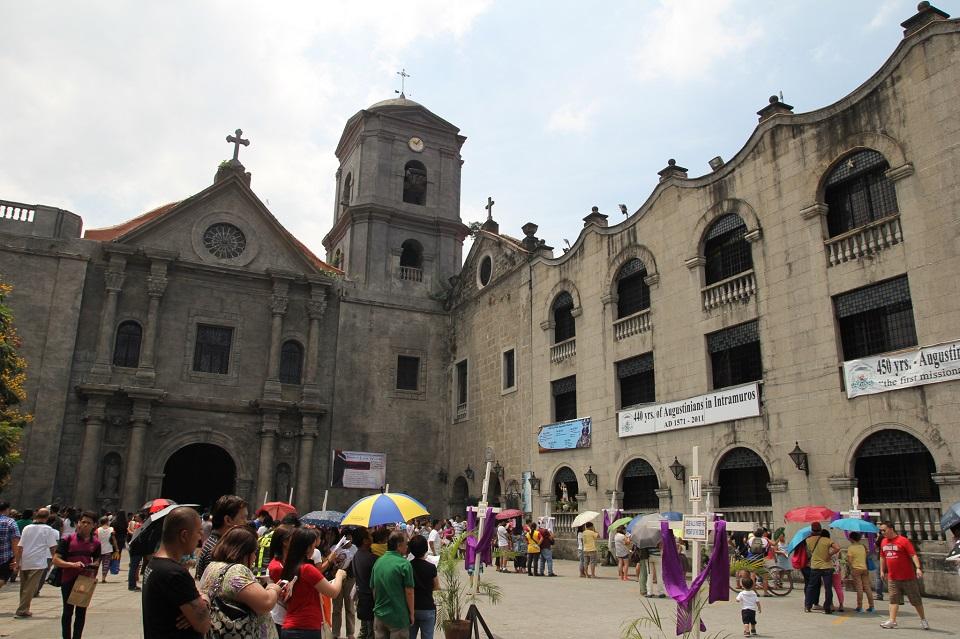
Seats of power
Aside from Malacañang Palace, the official residence of the president that sits along the banks of the Pasig River, Manila is also home to the Supreme Court (Padre Faura Street), Bangko Sentral ng Pilipinas (F.B. Harrison Street), and the Departments of Justice, Finance, Labor and Employment, and Public Works and Highways.
Manila also hosts the Catholic Bishops’ Conference of the Philippines (CBCP) in Intramuros, and the Apostolic Nunciature (Taft Avenue); the latter, equivalent to an embassy of the Holy See, served as Pope Francis’ official residence when he visited the country in 2015.
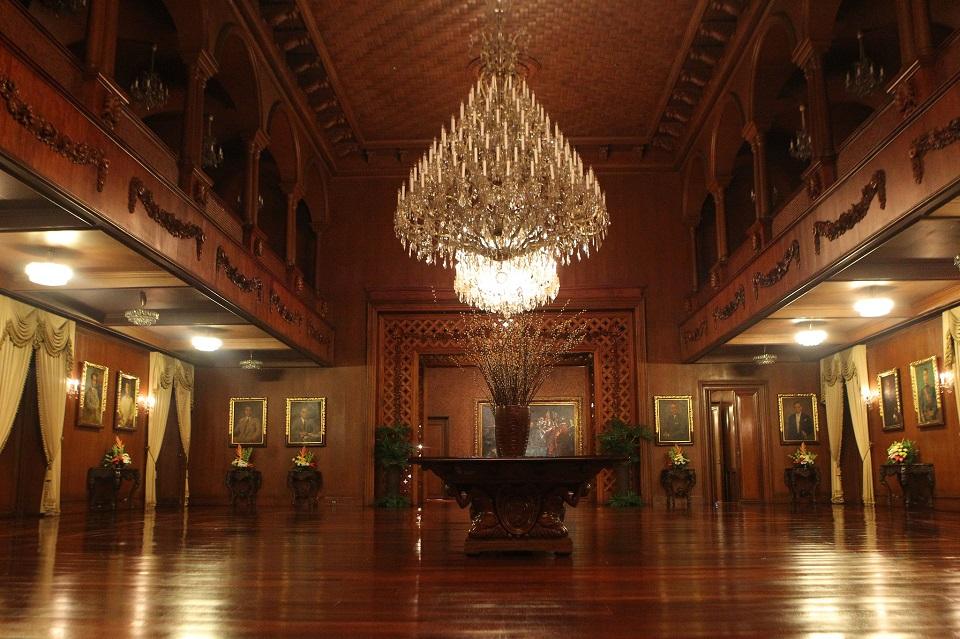
History
The walled city of Intramuros is the oldest district and the historical core of Manila. During the Spanish period, it was the seat of the Spanish Colonial government. Aside from the churches mentioned above, it also houses several higher education institutions like Pamantasan ng Maynila, Mapua University, Lyceum of the Philippines, and Colegio de San Juan de Letran.
Its neighbor Rizal Park, also known as Luneta, is also a witness to history as the final execution site of Filipino martyrs (Dr. Jose Rizal and priests Mariano Gomez, Jose Burgos, and Jacinto Zamora, among others).
“Traditional” forms of entertainment
If you want to unplug from social media and the Internet, the National Library (T.M. Kalaw), the National Museum of the Philippines (Fine Arts, Anthropology, Planetarium, and soon-too-open Natural History), and Manila Zoo (Adriatico Street) will feed your mind as well as your soul.
Several historical structures are in various forms of ruins and decay or preservation (Escolta, Metropolitan Theater). Current architectural visual treats include the Post Office in Lawton, the Rizal Memorial Complex (Adriatico St.), and the Relief Map of the Philippine Islands (Luneta).
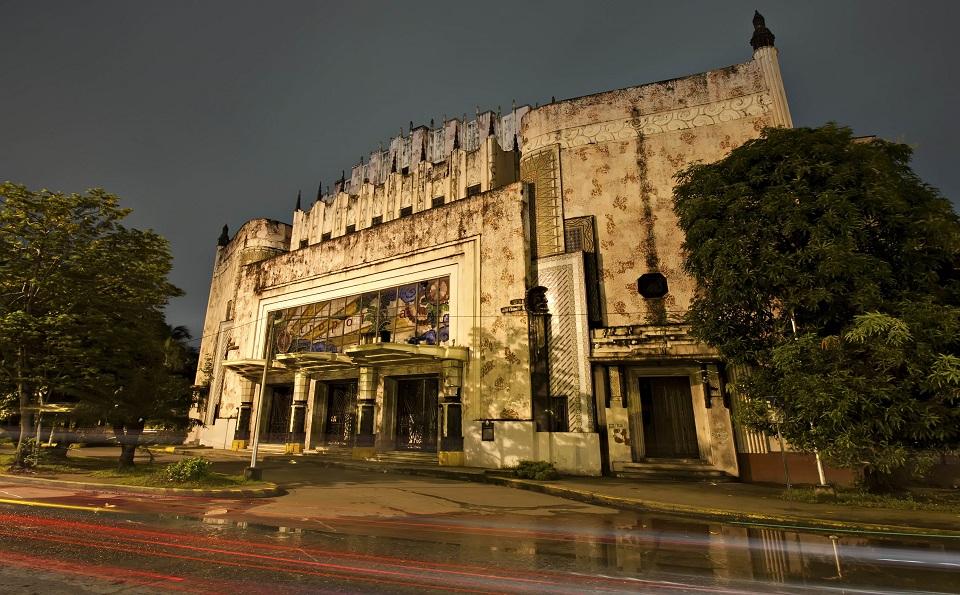
Forms of transportation
The City of Manila is reachable by land (jeepney, UV Express, bus, private vehicle), rail (LRT 1 and 2, PNR), or sea (passenger and commercial ships, Pasig River ferry). The land and rail options are also vital for traveling within the city. Though it’s not advisable to do because of the heat and pollution, walking from one district to another (i.e. Divisoria to Manila Bay) is an option as well.
Last but not the least…
Forget the stench and derelict objects floating on its shores: Manila Bay and its picturesque sunset deserves an hour or two of your time, not to mention a dozen or so Instagram posts. The ideal time to go is during golden hour, a period when every snapshot turns magical. Wait until the sun sets and disappears behind Mt. Mariveles (Bataan).
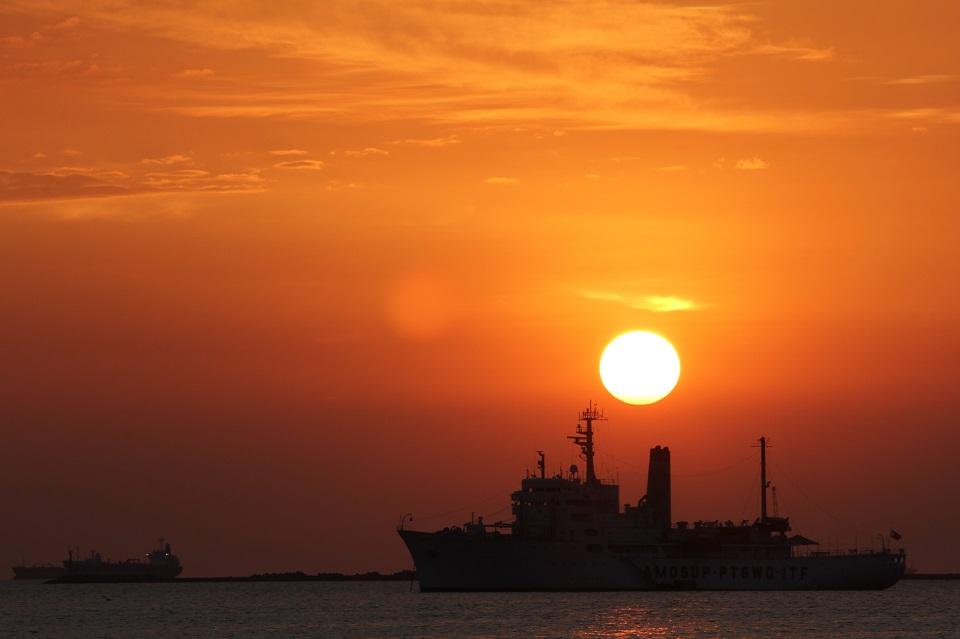
Honorable mentions: Ivan Man Dy’s Binondo Food Wok, the Intramuros Walking Tour by Carlos Celdran, and Bahay Tsinoy (Intramuros). — BM, GMA News




